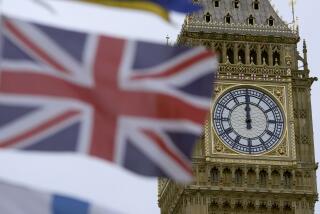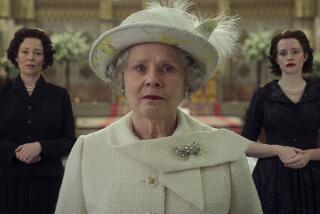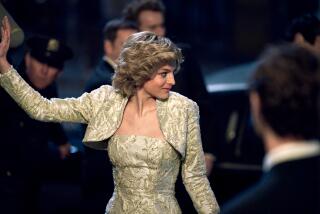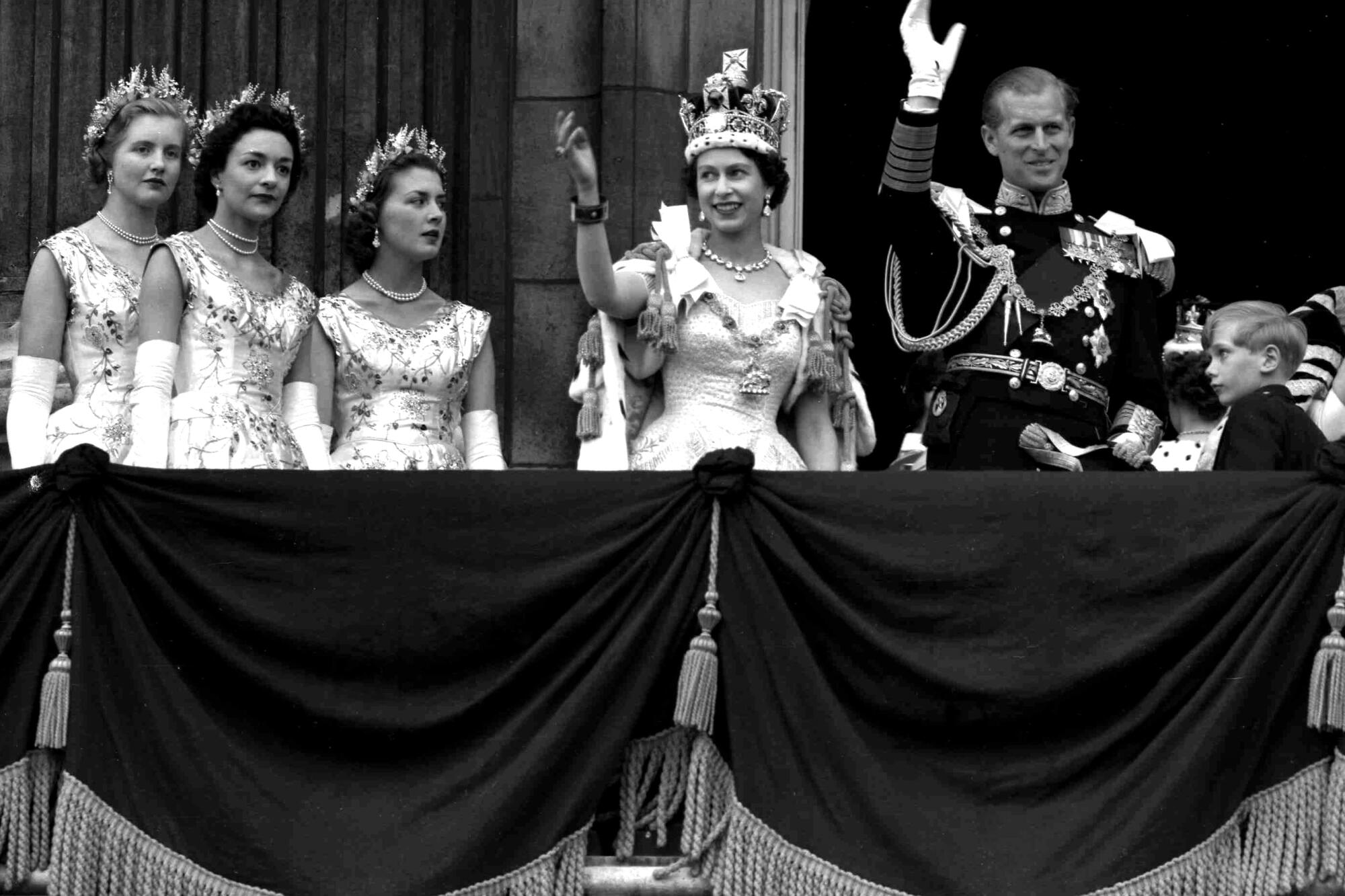
Britain and its monarchy have changed since Elizabeth’s coronation 70 years ago. But as her jubilee nears, they remain the same in some ways.
- Share via
It started like a fairy tale: A lovely young woman climbed up a tree as a princess and climbed back down as a queen.
That was how a hunter named Jim Corbett wrote of the moment in Kenya where, at some unknown instant in early February in 1952, in the huge fig tree where she had been watching rhinos and elephants come to a salt lick, Her Royal Highness the Princess Elizabeth became Her Majesty the Queen, Elizabeth II, the sixth anointed queen regnant of England and of places most of her predecessors had never heard of — like the land of the little treehouse.
Neither she nor history can know the precise moment she became queen, when her father, King George VI, died alone in his sleep, 6,000 miles away. He was discovered dead in his bed on Feb. 6.
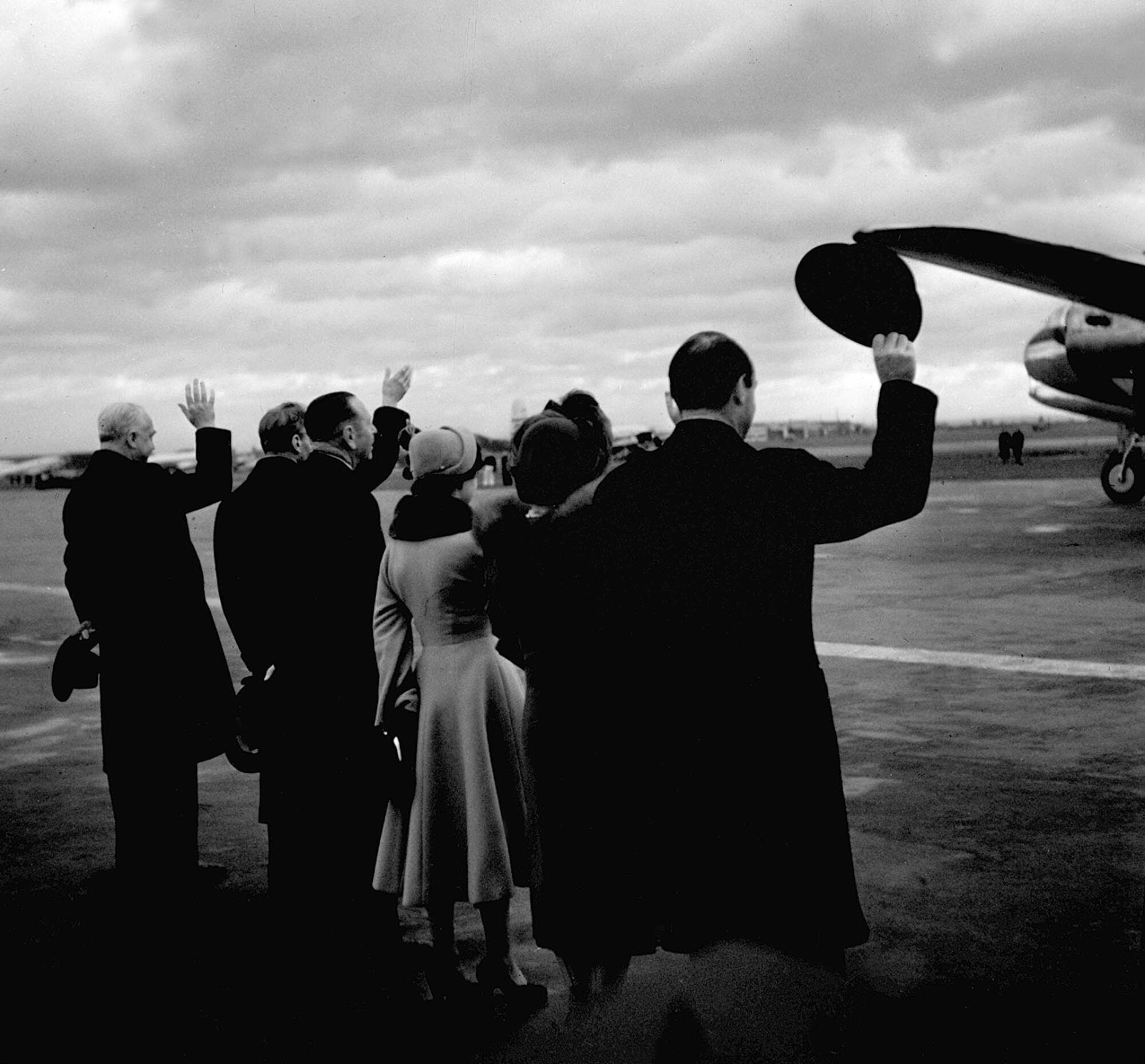
For more than 1,000 years, the death of every English monarch had been attended, recorded, witnessed. Like the late afternoon of Aug. 2, 1100, when William II, son of William the Conqueror, was killed in an air-quotes “hunting accident,” perhaps on orders from his ambitious little brother.
Or just before midnight on Jan. 20, 1936, when Elizabeth’s grandfather, King George V, died of a heroin and cocaine mix deliberately administered by his doctor to deliver him from pain — and to deliver the news of his death in time for the deadlines of the dignified morning newspapers, and not the rowdy afternoon ones.
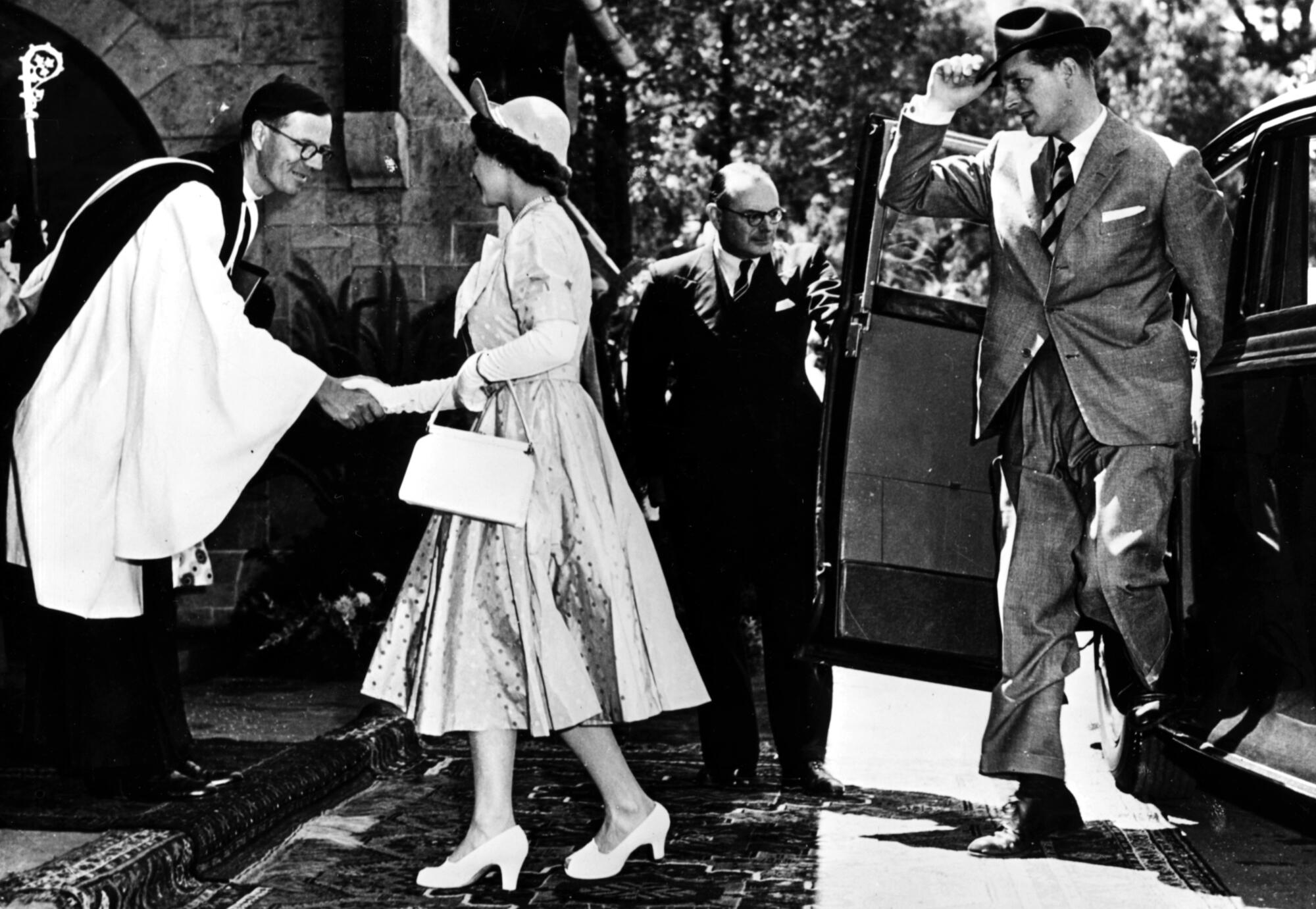
In February 1952, another king was dead. Long live the queen. The throne is never vacant, the monarch is never dead.
This monarch has reigned an astonishing 70 years, and the celebrations planned for her Platinum Jubilee will carry Elizabeth into the 71st year. She surpassed Queen Victoria, whose reign was the second longest at nearly 64 years, and is the world’s longest-reigning living monarch.
As for the monarchy itself, how different was it — and its subjects — seven decades ago?
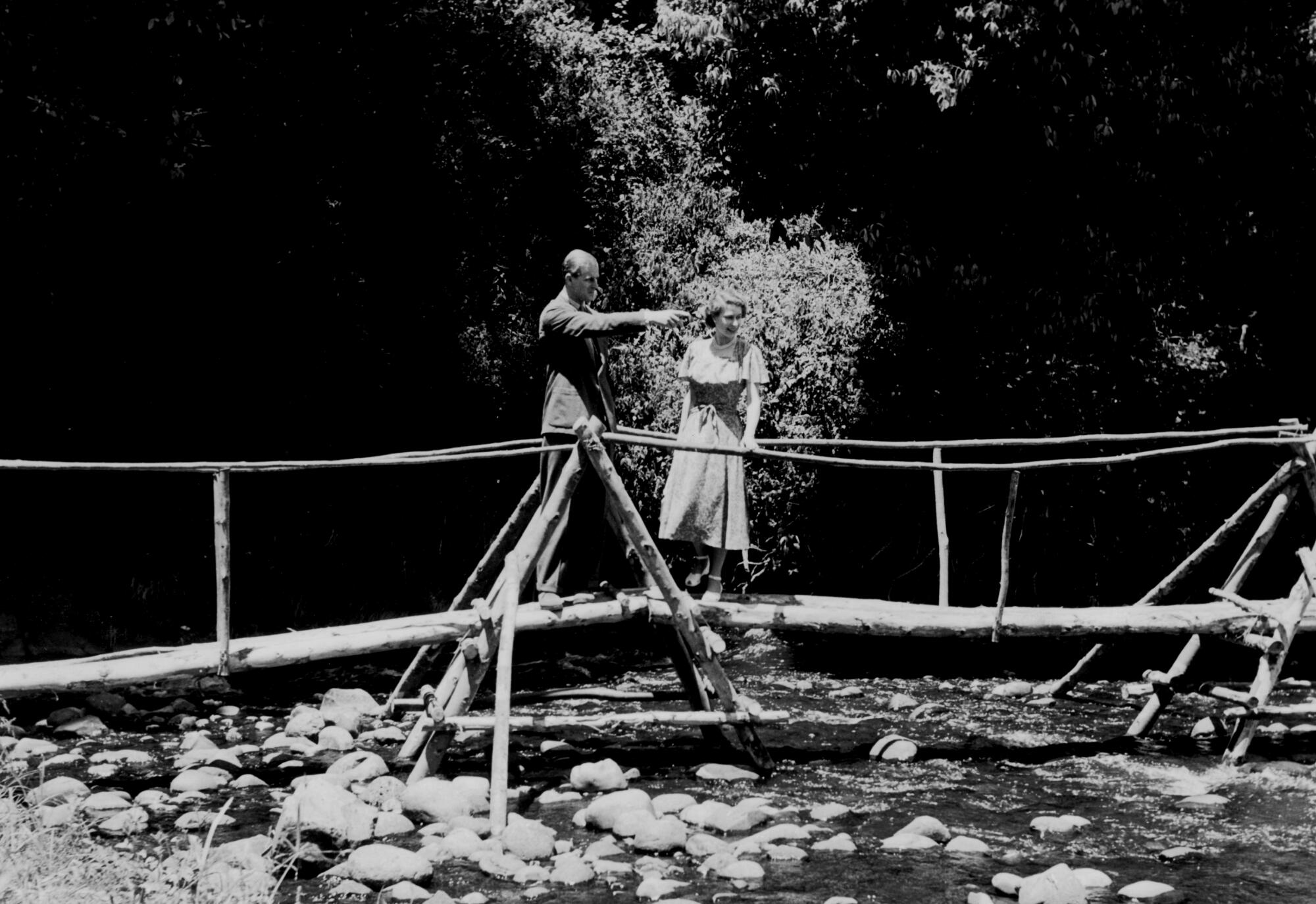
In 1952, Britain was slowly emerging from the privations of wartime, rationing and shortages. The sudden accession of a pretty 25-year-old woman, someone the public had watched since she was an infant, created overwrought rhetoric — starting with Prime Minister Winston Churchill — about “a new Elizabethan age” to shed the sorrows and losses of war.
The monarchy is nothing if not flexible and did evolve, though not in ways Churchill probably envisioned. It changes slowly, with prodding, even threats, but change it must, or die. “We must move with the times,” was a favorite saying of Elizabeth’s grandmother, Queen Mary.
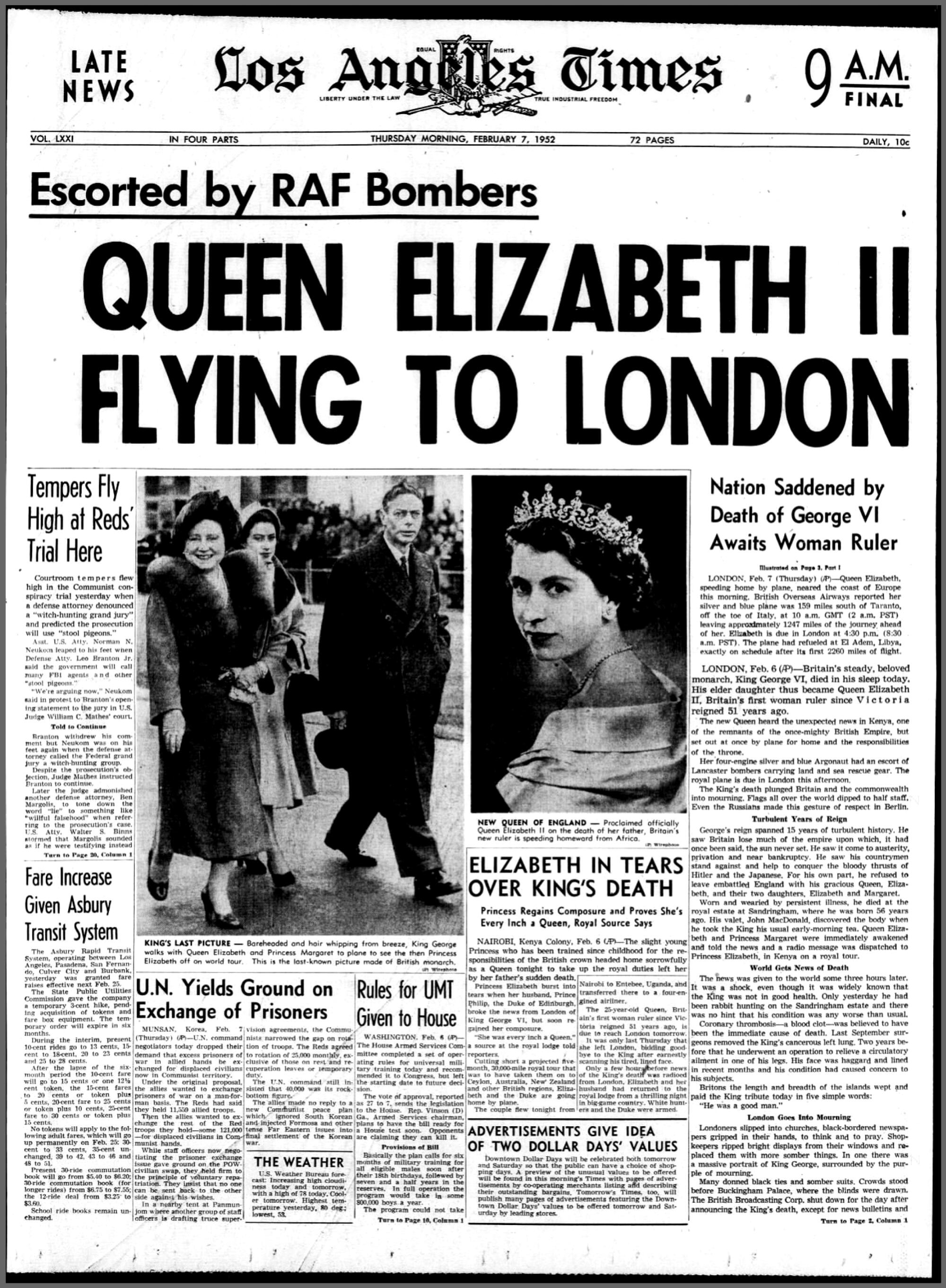
Until February 1952, the dowager queen outranked her granddaughter. As the new young queen arrived in London from Africa — escorted by Royal Air Force bombers — Mary readied herself to go meet her: “Her old granny and subject must be the first to kiss her hand.”
To this day, everyone still bows or curtsies to the reigning monarch, even her family, doing homage not to Mummy or Granny but to the sovereign, the embodied heir to a dozen centuries of kings and queens, to the blood of the Plantagenets and Tudors and Stuarts and Hanoverians.
But the monarchy does adapt. Consider the sovereign’s personal banner and Elizabeth’s role in its use.
Back when King Edward VII died in 1910, his teenage grandson spotted something strange atop Buckingham Palace: the banner, which flies wherever the king is staying, lowered to half-staff. He mentioned this to his father, the new king, George V, who ordered the banner to be hauled down, and flown at full staff, over the palace where he, the living monarch, was staying.
In 1952, Elizabeth didn’t fly the royal standard at half-staff either when her father died. But in 1997, when the ex-royal Princess of Wales, Diana, died in a car crash in Paris, the queen was away in Scotland, so the flagpole over Buckingham Palace was, by tradition, bare.
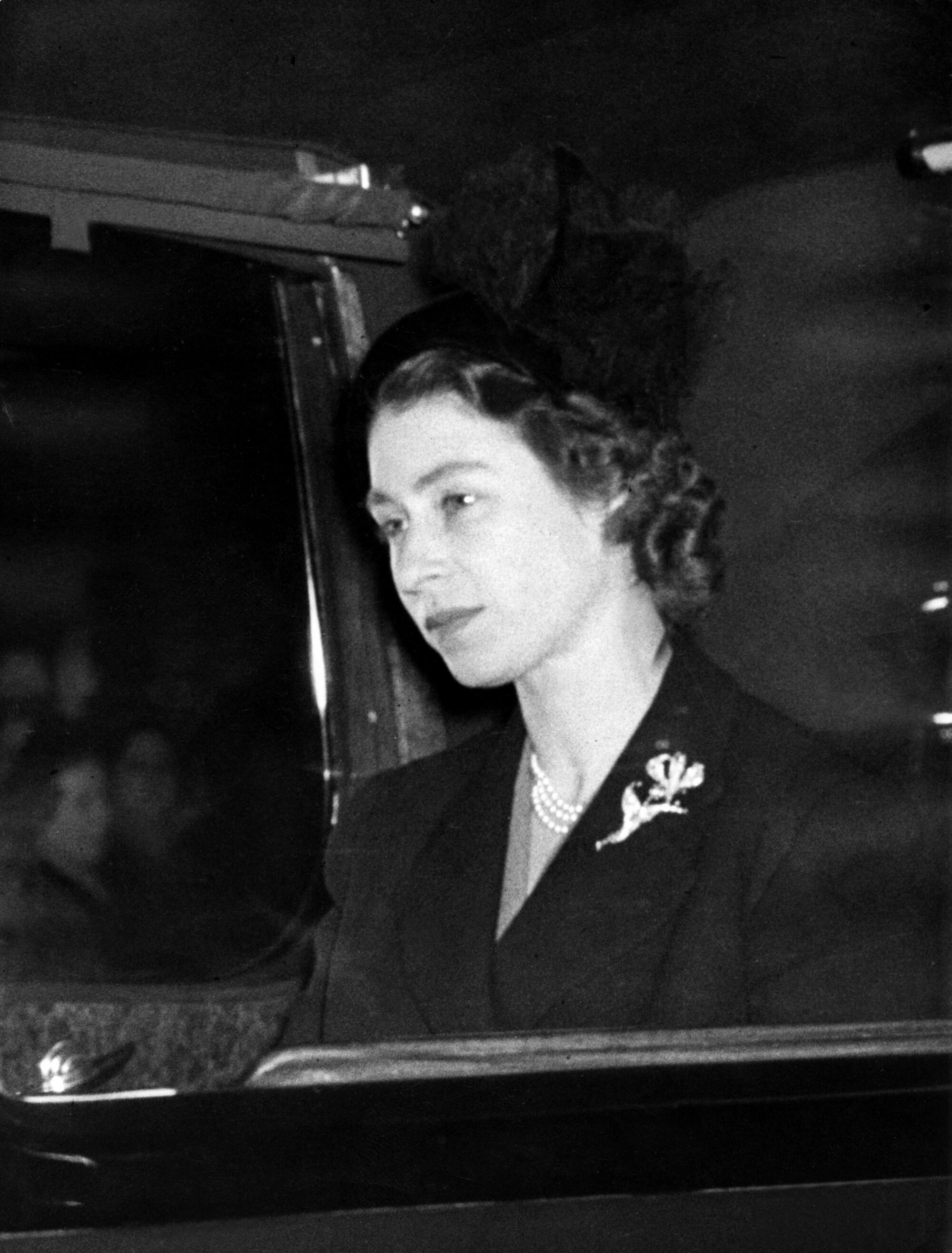
The public was furious, and the queen compromised. For the first time, the Union Jack was raised over the palace at half-staff as the mollified crowds applauded. And ever since, the national flag has flown there at half-staff for public tragedies from Sept. 11 to the recent death of the queen’s husband, Prince Philip.
::
The British like their queens to be either old and wise, or young and hopeful. The first Elizabeth, too, was 25 when she became queen in 1558. And Queen Victoria was just 18, a fresh girl-queen and a fresh start after a generation of dissolute royal men who spent like wastrels and fathered more illegitimate children than legitimate ones.
In 1952, the ravaged postwar nuclear world prized the nuclear family, and “royal family” put equal emphasis on both words. The notion of a model royal family would in time create its own cruel backlash, but in 1952 it summed up the yearnings of millions. And if the monarchy wasn’t universally revered 70 years ago, it was certainly respected. And there was something else.
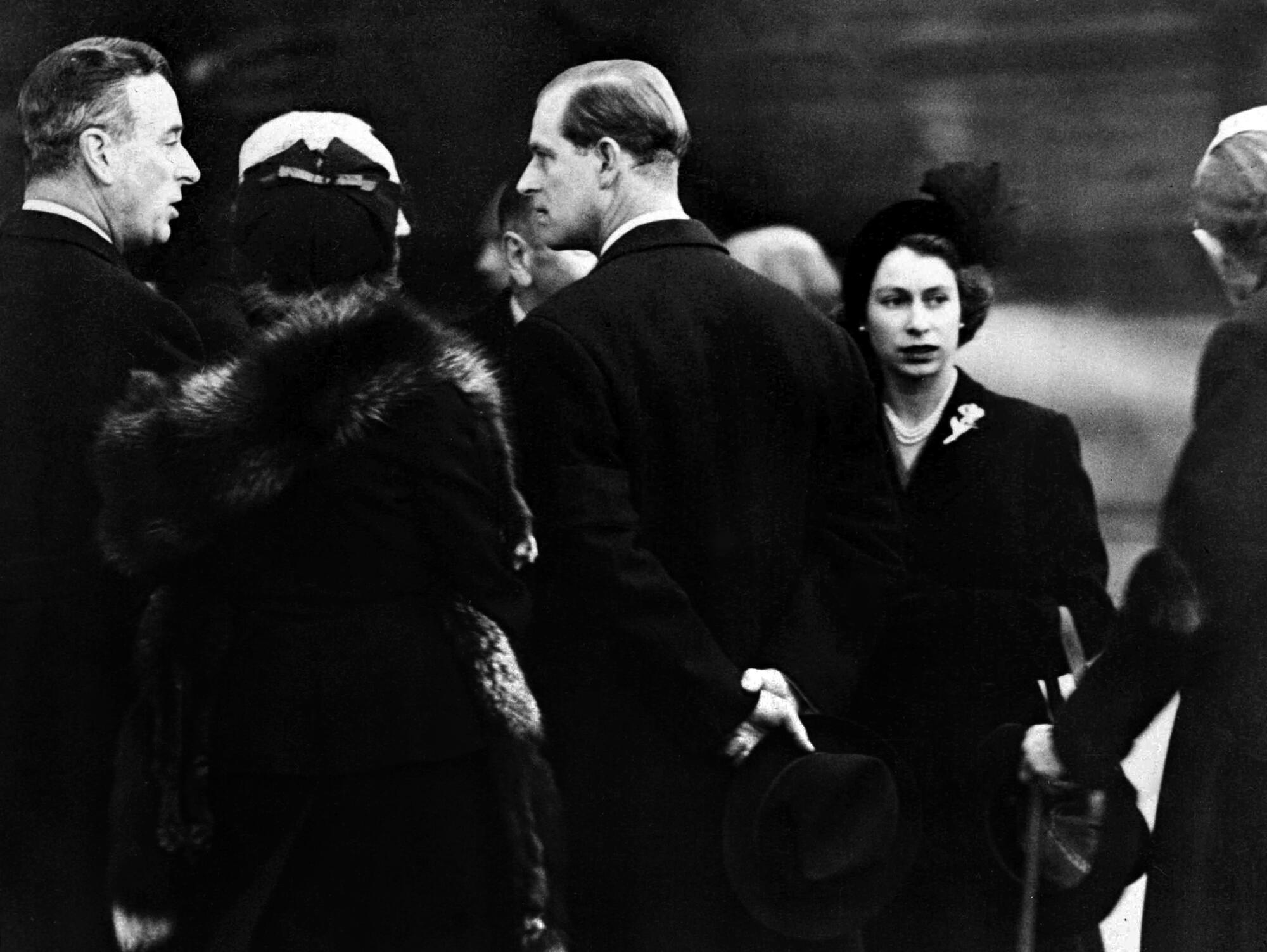
“There was a sense around her that this is a moment of rebuilding, a really big transition from George VI. It’s an austerity moment, but in a way it helps her — she is so beautiful and the monarchy is so glamorous against the postwar world.”
That’s Heather Jones, professor of modern and contemporary European history at University College London and author of the new book “For King and Country: the British Monarchy and the First World War.”
For Elizabeth, “there’s an awful lot of human sympathy because of the way it happened,” Jones says. “We’d had so much death in the war. And by this point people are aware that being the monarch is a very difficult task. They’d seen monarchs twice go through total wars and help to keep the country going. And it’s not entirely clear whether the world would be at peace during Elizabeth’s reign.”
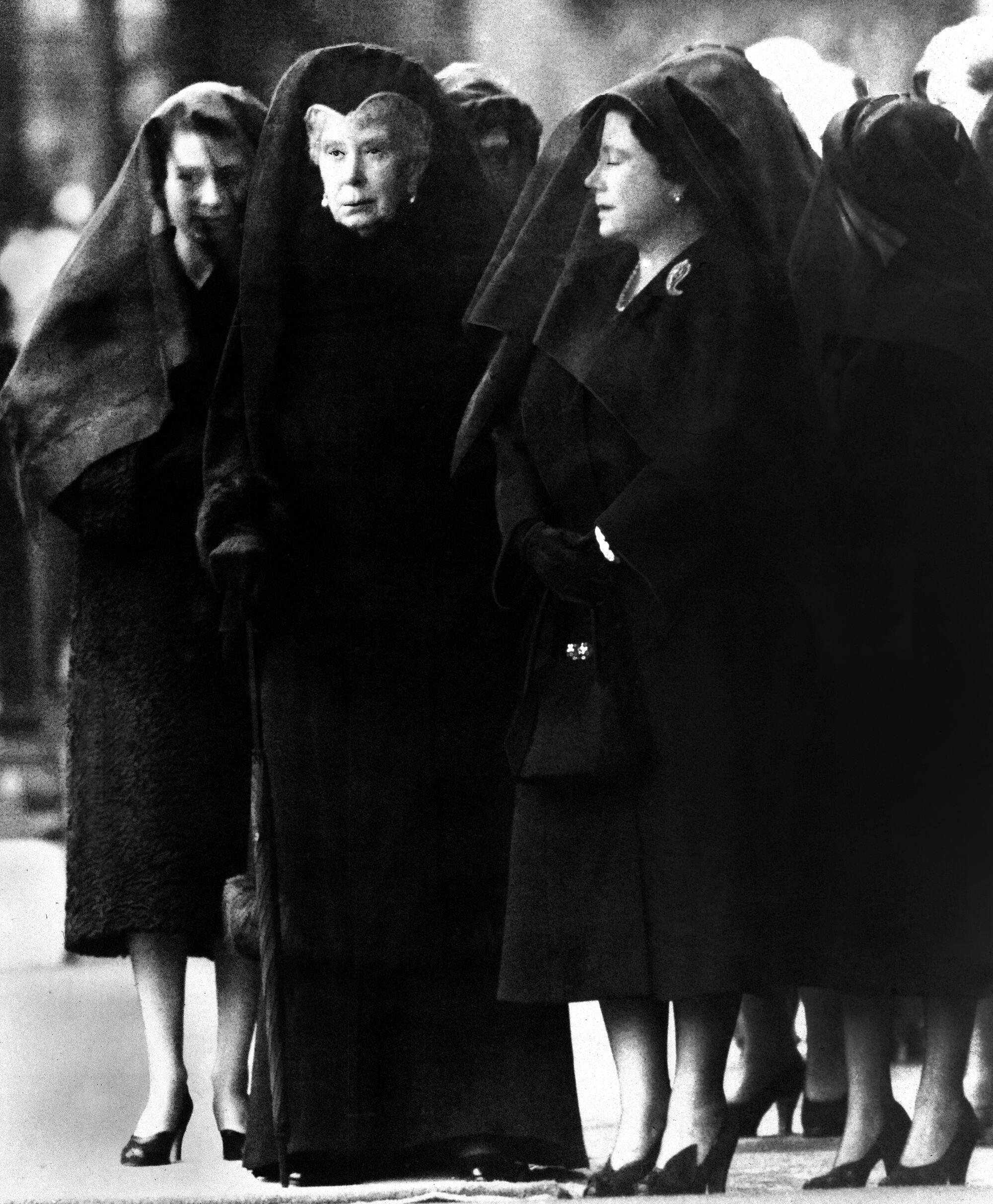
For a few hours, the new queen didn’t know she was queen. She left the treehouse to go back to a lodge where she had been staying, and began writing a letter to her father about her treehouse adventure. When the king’s death was confirmed, it fell to Elizabeth’s husband — a man who was now her subject — to tell her.
As heir to an ailing father, Elizabeth had traveled with all the paperwork that set in motion the work of a new monarchy. Her assistant private secretary, Martin Charteris, brought those papers to her lodge and found her “sitting erect, no tears, color up [in her face] a little, fully accepting her destiny.”
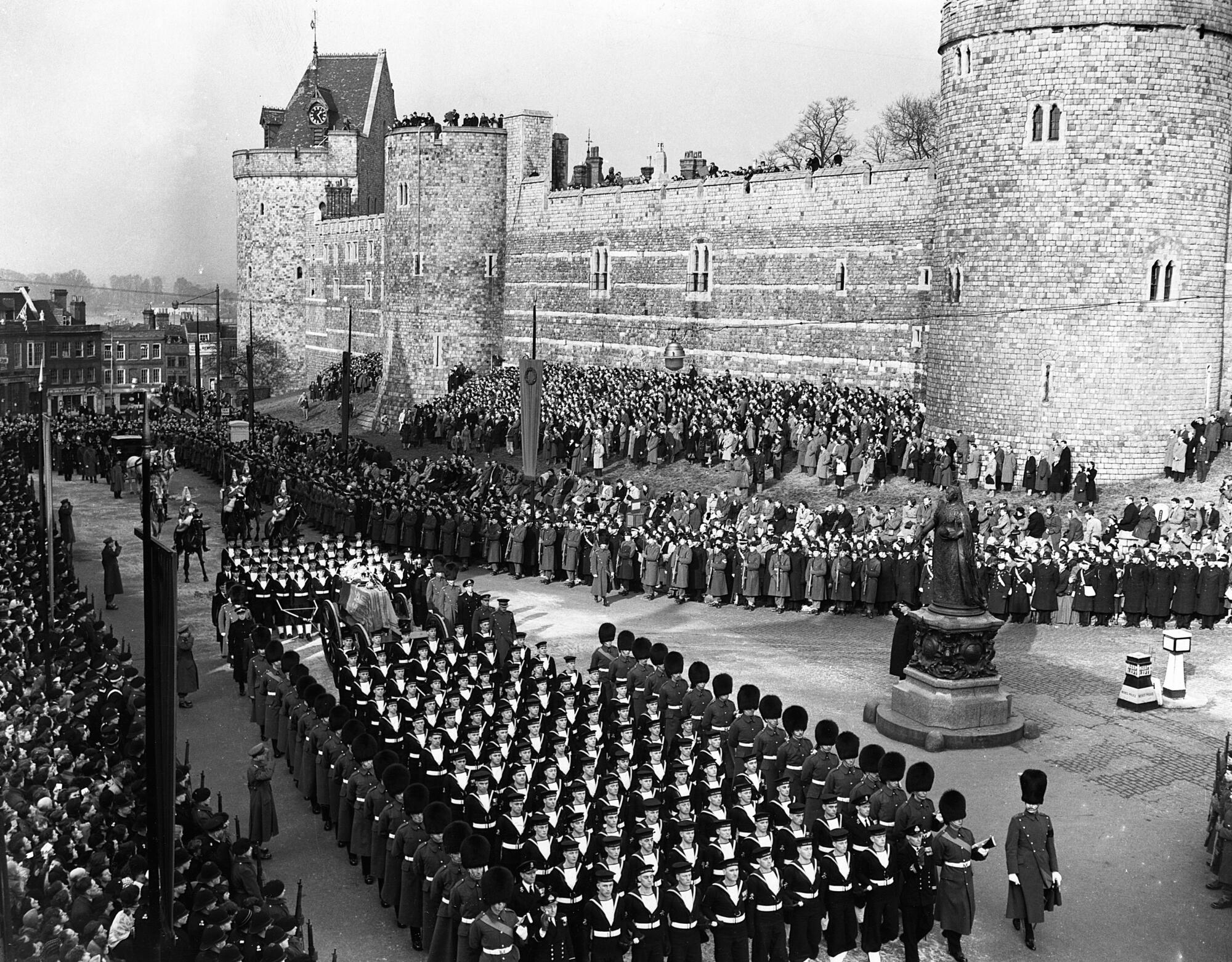
Of course she cried. But grief was a private matter. One or two news photos would show her with swollen eyes, but tearless.
In future years, Elizabeth would be mocked and savaged for her poker face, so unrevealing compared with her daughter-in-law Diana, who showed every nuance of emotion.
The black mourning clothes kept packed in her bags had been shipped on ahead. Eventually, some were rustled up, but no black hat. As royal biographer William Shawcross wrote in “Queen and Country,” “one of the first official telegrams of the new reign was to order a black hat to be delivered on their return to London Airport.” Arriving back in her capital city, the new queen waited for the feathered hat to be brought on board and settled on her not-yet-crowned head before she stepped out the door of the plane.
Here was another difference between 1952 and the decades to come. With no black clothes on hand, as the queen left the Kenyan lodge, she was dressed in a beige dress and straw hat, and the photographers covering the royal tour lowered their cameras as they were asked to and took not one photo of her.

And so, a week after a gaunt and bare-headed king waved goodbye to a beloved daughter on an airport tarmac, a queen returned to take his place. The dark February was made darker still by black-edged newspaper pages, by millions of Britons like Shawcross’ mother wearing black armbands, by the thousands bundled in dark coats filing past the king’s coffin in Westminster Hall.
A mutely vivid funeral photo of three veiled queens reveals the generations; Queen Mary’s mourning dress touching the floor, the newly widowed queen mother’s hemline midway down her calf, and the new queen’s, decorous yet just below the knee. Queen Mary was supposed to have told her granddaughter, “Your skirts are much too short for mourning.”
Churches offered up prayers for the dead king and the new queen. Elizabeth had become not only queen of a realm but also head of the Church of England. She didn’t just go through the motions. In 2014, she described her personal faith as “the anchor in my life.”
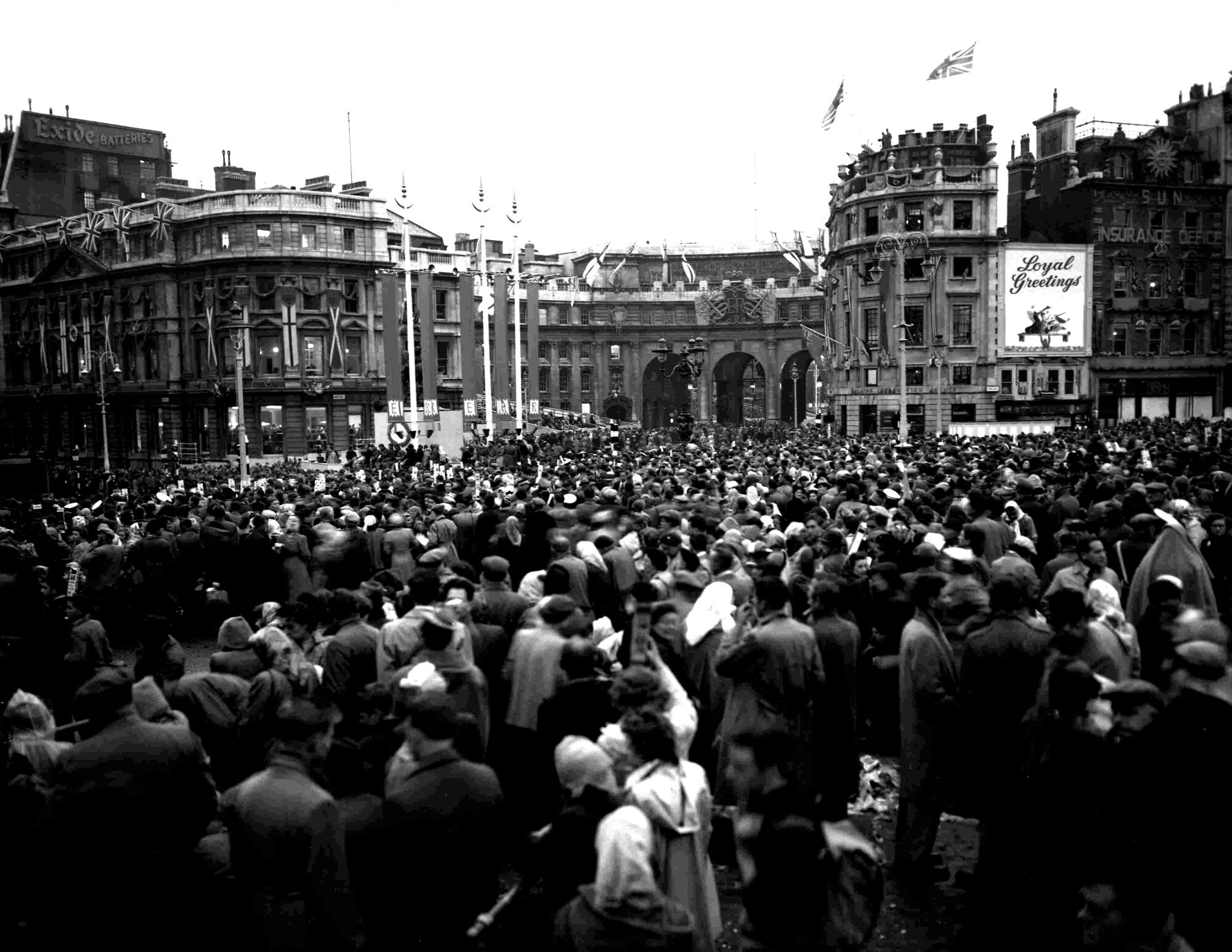
Britain today is secular and religiously diverse. Whether it was a nation of Christian believers in 1952 is a matter for scholars’ debates. But certainly the rituals of burial, marriage and baptism offered comfort and order in wartime. In 1952, divorce was discouraged. Divorced people were barred from the sacred precincts of the royal enclosure at the royal Ascot races.
::
Throughout the 20th century, a “diminishing kind of awe” came to characterize Britons’ regards for authority of any kind, Jones says. But in 1952, “that awe would still very much have been there” for the queen who would be anointed, crowned and enthroned in a June 2, 1953, coronation ceremony imbued with regal and almost priestly ritual.
Many Britons then and now enjoy royal ceremonials more “as festive, community and national events,” although in 1952, Jones says, “there was still a very strong sense of something spiritual around the crown that’s different to how the crown is seen now. A high proportion of people even in the ‘50s believed she had been chosen by God.”
When the queen’s father was crowned, in 1937, live TV coverage was vetoed, and the newsreels were forbidden to film the solemn anointing part of the ritual.
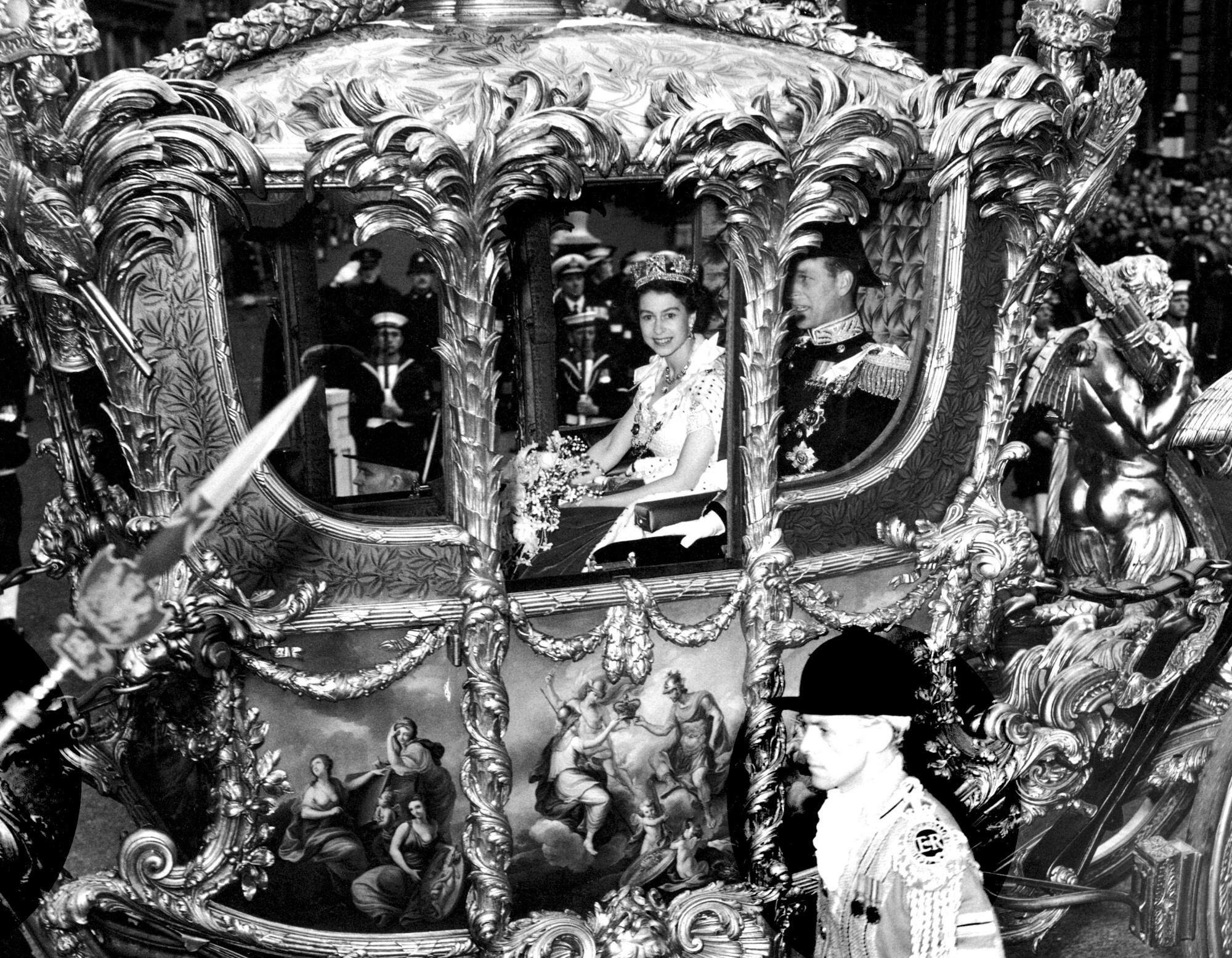
It’s not that the monarchy was averse to technology, or at least technology it could control. The sovereign’s annual Christmas message to the nation began in 1932. But the archbishop of Canterbury hadn’t wanted the coronation broadcast on radio at all, lest men disrespectfully listen to it in pubs and with their hats on.
Sixteen years after her father’s ascension, and against considerable resistance within the palace, Elizabeth’s coronation was broadcast live on TV — but once more cameras were averted from the actual anointing of the queen’s forehead, chest and hands with holy oil.
In cinemas and theaters in 1952, the national anthem, “God Save the Queen,” was still played and sung, as had been done in British theaters since 1745. By the time the queen marked 20 years on the throne, the practice had virtually disappeared.
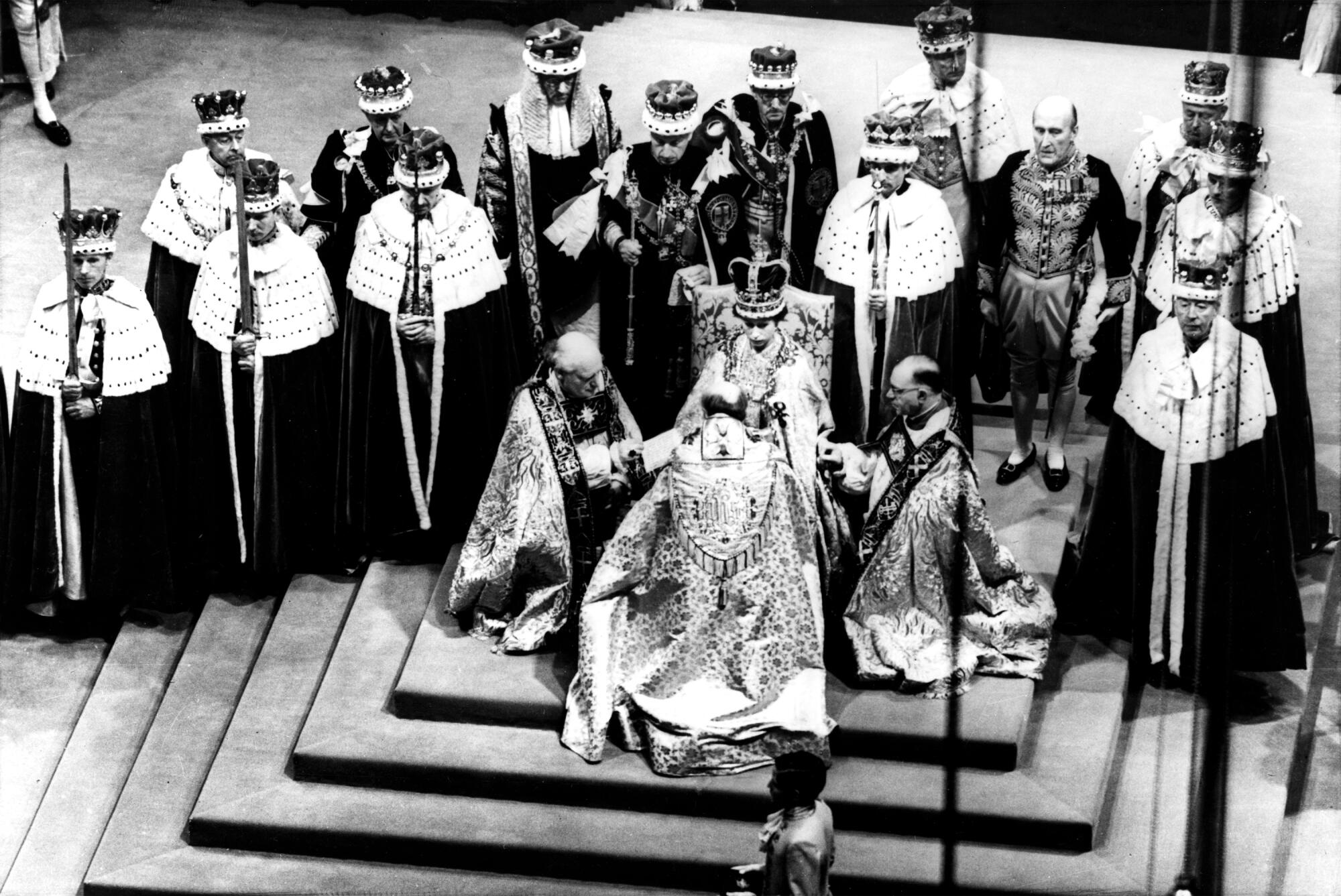
In 1952, the new queen still bore the duty of having aristocratic debutantes presented to her at court, a ritual step in taking their exalted places in a still very white and class-conscious society. These ended in July 1958, replaced by less stressful, more democratic palace garden parties. “We had to put a stop to it,” the queen’s sister, Princess Margaret, was reported to have said. “Every tart in London was getting in.”
The new queen’s title bore the weight and imprint of changing history. Her father was the last emperor of India, and the “great imperial family” she had invoked in a radio speech on her 21st birthday was no more. She had a different title in each member nation of the Commonwealth, an alliance that was soon diminished as countries broke away from the crown. At the simplest, the queen was, “by the grace of God, of Great Britain, Ireland and the British Dominions beyond the Seas, Queen, Defender of the Faith.”
To use Heather Jones’ phrase, Elizabeth’s reign carried on the “welfare monarchy” begun after World War I. Doing and encouraging charitable works, noble undertakings and good deeds has become the crown’s job description.
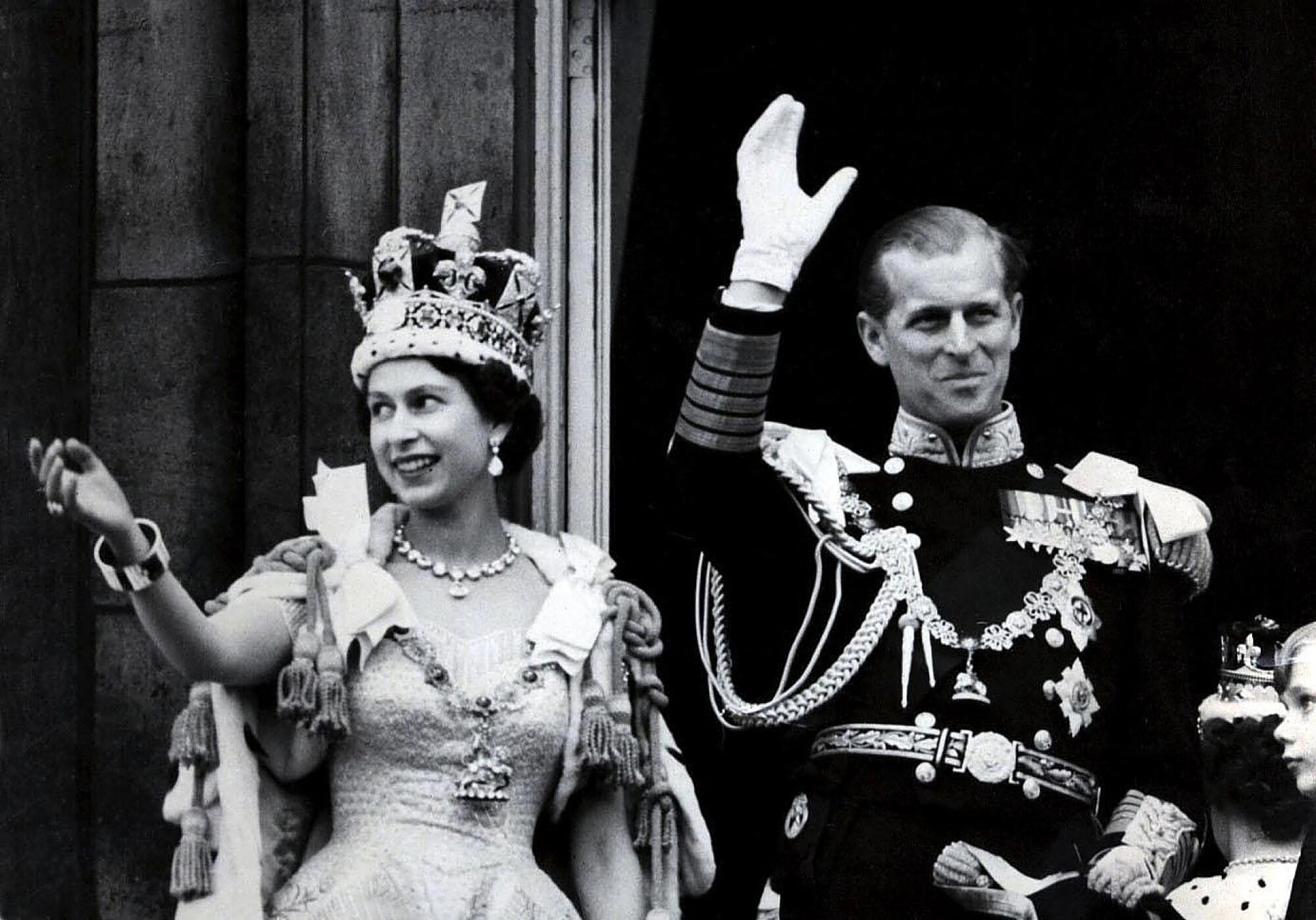
That may be the easy part. The 95-year-old queen’s praiseworthy performance review — 70 years of dutiful, endless, dreary paperwork, the rote of the royal calendar, sticking it out in a life lived virtually without privacy — has paradoxically made it harder for her successors. The monarchy, Jones thinks, “might not disappear from outside or revolutionary forces. The monarchy might disappear because no one wants the role anymore.
“Look today at the pressures on [Princes] Harry and William,” and the demands that a monarch’s very nature be “absorbed into becoming a state symbol — that’s what it’s always been about.”
Given a choice, who would want that? But 70 years ago, a young woman climbed down from a tree and into an undeviating future that her forebears would not recognize and her contemporaries might not envy, but one that she never considered to be anything but her life’s destiny and her life’s work.
More to Read
Sign up for Essential California
The most important California stories and recommendations in your inbox every morning.
You may occasionally receive promotional content from the Los Angeles Times.
